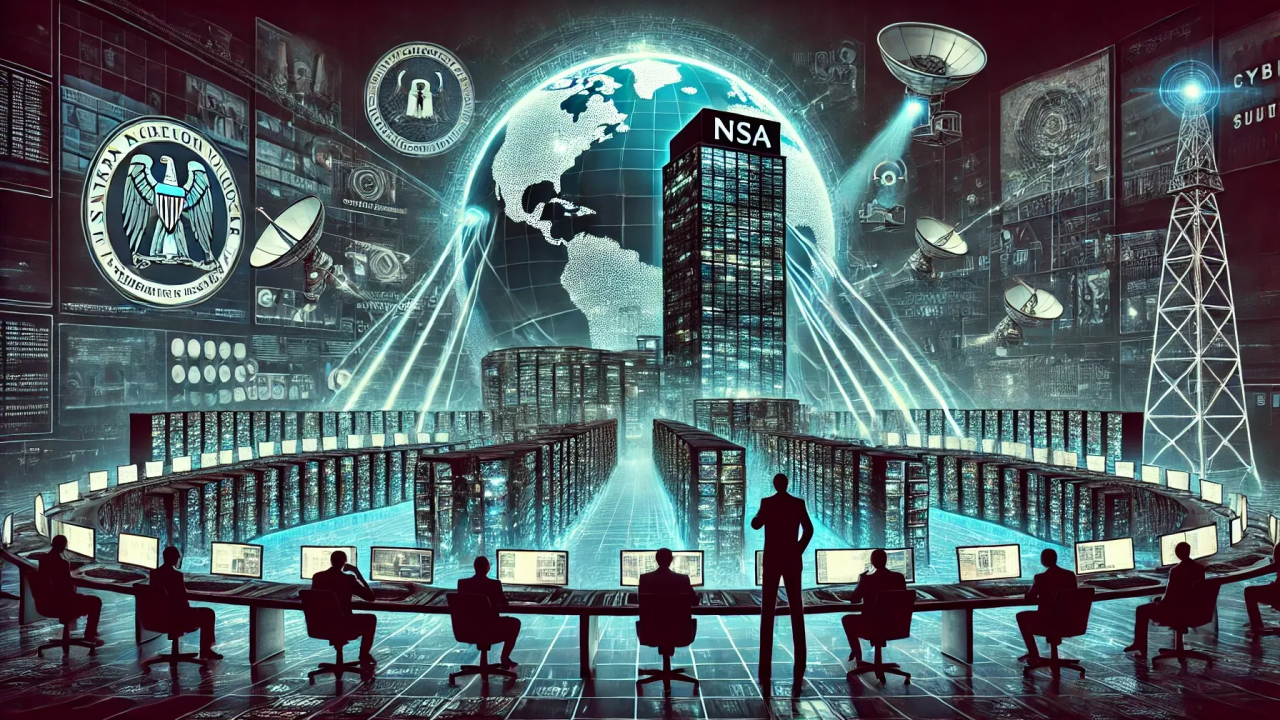💻 Cyber Warfare: The Invisible Battles Redrawing Our World Map
Picture this: Last month, my smart fridge suddenly started blasting Russian folk music at 3 AM. Turns out my router was rebooted during a massive cyberattack on European satellite internet. That’s when it hit me: we’re all collateral damage in a hidden global war. ☢️
🌐 Welcome to the Digital Battlefield
Forget tanks and trenches. Today’s wars are fought with keystrokes and malware. Just ask Ukraine—where Russian hackers disabled power grids during winter freezes and hijacked government broadcasts with victory messages. Or the U.S., where Chinese spies lurked in Microsoft Exchange servers for months before detection.
Here’s the scary truth: 98% of cyberattacks cost under $1,000 to launch—but can cripple economies. The Colonial Pipeline ransomware attack? A $4.4 million payout and gas shortages across the East Coast. 😱
🔥 The 3 Faces of Modern Cyber Warfare
⚔️ 1. State vs. State: Digital Dominoes

-
China’s “Volt Typhoon” group pre-positions malware in U.S. infrastructure (power/water systems) as a future leverage tool.
-
Russia’s GRU Unit 74455 famously hacked Ukraine’s grid while soldiers crossed the border.
-
Iran’s “Cyber Avengers” recently disabled Israeli water pumps with a simple PLC exploit.
💰 2. Criminal Mercenaries: Chaos for Cash
Meet groups like REvil and DarkSide—the “Uber Eats” of ransomware. For a cut, they’ll:
-
Shut down hospitals (Ireland’s health service paid $20M)
-
Freeze factories (Toyota lost 13,000 cars/day)
-
Even sell access to your smart thermostat
🌫️ 3. Hacktivists: Keyboard Crusaders
From Anonymous taking down Russian propaganda sites to “GhostSec” sabotaging ISIS servers, these are the unpredictable wild cards.

Table: Cyber Attack Impact Comparison (2024 CrowdStrike Report)
| Attack Type | Avg. Damage Cost | Geopolitical Goal | Example |
|---|---|---|---|
| Critical Infrastructure | $4.3M+ | Societal destabilization | Ukraine power grid attacks |
| Supply Chain | $2.1M+ | Economic warfare | SolarWinds breach |
| Ransomware-as-a-Service | $1.7M+ | Profit/funding | Colonial Pipeline shutdown |
| Disinformation Ops | Unquantifiable | Election manipulation | 2016 U.S. election leaks |
🛡️ My “Oh Sh*t” Cyber Moment
I once watched a hacker demo where they hijacked a connected car while driving 70 mph. Steering wheel locked. Brakes disabled. All through a vulnerable infotainment system. That’s when I realized: we’ve wired the world without a firewall. 🔌
🌍 How Cyber Wars Reshape Geopolitics
The New Cold War Lines
-
Digital NATO: 37 countries now invoke Article 5 cyber defense clauses
-
China’s Great Firewall 2.0: Banning Intel/AMD chips in government PCs
-
Russia’s “Sovereign Internet”: A kill-switch for global connectivity
The AI Arms Race
China’s investing $15B in AI-powered cyber weapons by 2025. Imagine malware that:
-
Learns your network’s habits
-
Evades detection by mimicking user behavior
-
Launches autonomous counterattacks
One Pentagon insider told Wired: “It’s like playing chess against a ghost.” 👻
🛠️ Can We Fight Back?
Yes—but it’s messy:

-
Zero-Day Exploits: Governments hoard undisclosed software flaws like gold (the NSA’s “Equation Group” had a 20-year stash)
-
Hack-Back Dilemmas: When Estonia got cyber-bombed, it debated attacking Russian servers—risking escalation
-
The “Cyber Pearl Harbor” Fear: 74% of experts predict a catastrophic infrastructure hack by 2026 (World Economic Forum)
💡 Survival Guide for the Digital Warzone
-
Assume You’re Compromised: Use multi-factor authentication everywhere (yes, even your fridge)
-
Demand Cyber Transparency: Support laws like the EU’s NIS2 Directive forcing companies to disclose attacks
-
Pressure Governments: Ask why the U.S. spends $18B on cyber defense—but still can’t protect pipelines
“In cyber warfare, there are no civilians—only targets.”
– Former NSA Director Keith Alexander
🌅 The Bottom Line
Cyber warfare isn’t sci-fi—it’s right now. It’s Russian malware sleeping in Pennsylvania power plants. It’s Chinese spy chips in Singaporean servers. It’s that suspicious email from “Amazon” in your inbox.
Our best defense? Staying angry. Staying informed. And rebooting that router before Tchaikovsky starts playing at midnight. 🔐
Ever experienced a cyber attack? Share your story below—let’s turn fear into action! 👇
Sources & Deep Dives:
